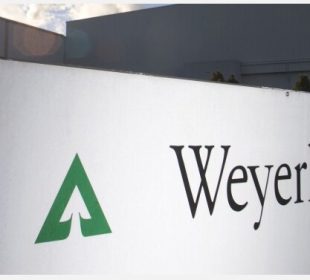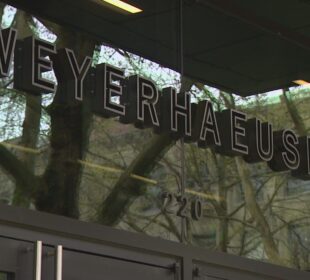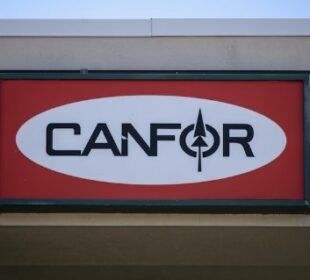In the first quarter of 2016, sales for Weyerhaeuser's Wood Products segment (softwood lumber, engineered wood products, oriented strand board, plywood, medium density fiberboard and building materials distribution) totaled $1,001 million (Q4/2015: $943 million).
Operating rates increased and unit manufacturing costs improved across most product lines in the quarter. Higher sales realizations for lumber were partially offset by slightly lower sales realizations for oriented strand board, says Weyerhaeuser.
Sales for the Timberlands segment came in at $609 million in the first quarter, while sales for the Cellulose Fibers segment came in at $430 million.
Overall, Weyerhaeuser's quarterly net income jumped to $70 million on net sales of $1.8 billion. This compares with net earnings of $90 million on net sales of $1.7 billion for the same period of last year.
"I am extremely proud of the work of our employees in the first quarter, as we closed the Plum Creek merger, delivered solid operating performance across each of our businesses, and completed about 35 percent of our $2.5 billion share repurchase authorization," said Doyle R. Simons, president and CEO.
Weyerhaeuser merged with Plum Creek on February 19, 2016. Also, on May 2, 2016, Weyerhaeuser announced an agreement to sell its Cellulose Fibers pulp mills to International Paper for $2.2 billion in cash.
For the next quarter, Weyerhaeuser expects significantly higher earnings and Adjusted EBITDA from the Wood Products segment in the second quarter primarily due to higher sales realizations for lumber and oriented strand board.
In the Timberlands segment, Weyerhaeuser anticipates comparable earnings and higher Adjusted EBITDA from the Timberlands segment in the second quarter. Higher fee harvest volumes from a full quarter of Plum Creek operations will be offset by seasonally higher Southern silviculture costs, higher Western logging expenses and slightly lower average realizations for Western and Southern logs, primarily due to mix.








